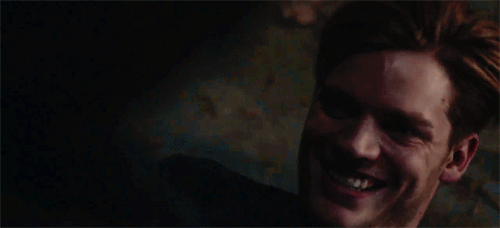Larry


Larry
More Posts from Monecky and Others

See Jupiter’s stripes! Each of the alternating light and dark atmospheric bands in this image is wider than the Earth, and each one rages around Jupiter at hundreds of miles per hour. This citizen scientist-processed JunoCam image was taken on May 19, 2017, from an altitude of about 20,800 miles above the planet’s cloud tops.
minha cena favorita loveeeeeeee





You should worry a little less about my love-life and a little more about your fighting skills







Humanity’s first ever picture of a black hole.



Interstellar Comet 2I/Borisov Probably Came from Double Red Dwarf Kruger 60
A new study by astronomers from the A. Mickiewicz University and the Space Research Centre of the Polish Academy of Sciences suggests that the interstellar comet 2I/Borisov likely came from a binary star system called Kruger 60.
is a visual binary stellar system located in the constellation of Cepheus.
Also known as DO Cephei, HD 239960, Gliese 860, BD+56 2783, HIP 110893, and ADS 15972, it is a tenth closest multiple stellar system, currently only 13.15 light-years from the Sun and approaching.
Kruger 60 is named after the German astronomer Adalbert Kruger who observed it in 1873.
It consists of two M-type stars (red dwarfs) — Kruger 60A and B — that orbit each other once every 44.6 years.
Kruger 60A has about 27% of the Sun’s mass and 35% of the solar radius, Kruger 60B is a smaller star with about 18% of the Sun’s mass and 24% of the solar radius.
They modeled the motion of the comet, the Sun and 647 stellar systems from their list of potential perturbers of cometary motion.
They found that one million years ago, 2I/Borisov passed Kruger 60 at a distance of 5.7 light-years having an extremely small relative velocity of 7,700 mph (3.43 km/s).
“As the orbit of this comet will become more precise the minimal distance between these two bodies might vary but their relative velocity will remain very small, which suggests that 2I/Borisov might originate from Kruger 60,” the researchers said. (source)











So Close, So Far: See Juno’s first orbit of Jupiter in this amateur-created JunoCam “marble movie.”
Credit: NASA/JPL/SwRI/MSSS/Gerald Eichstädt





